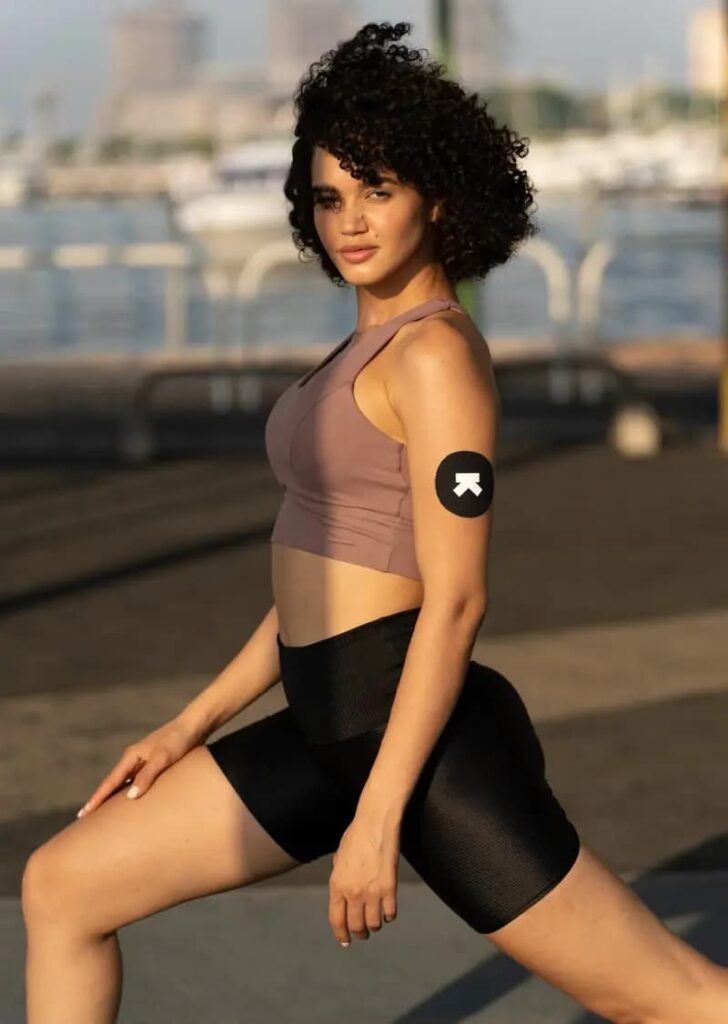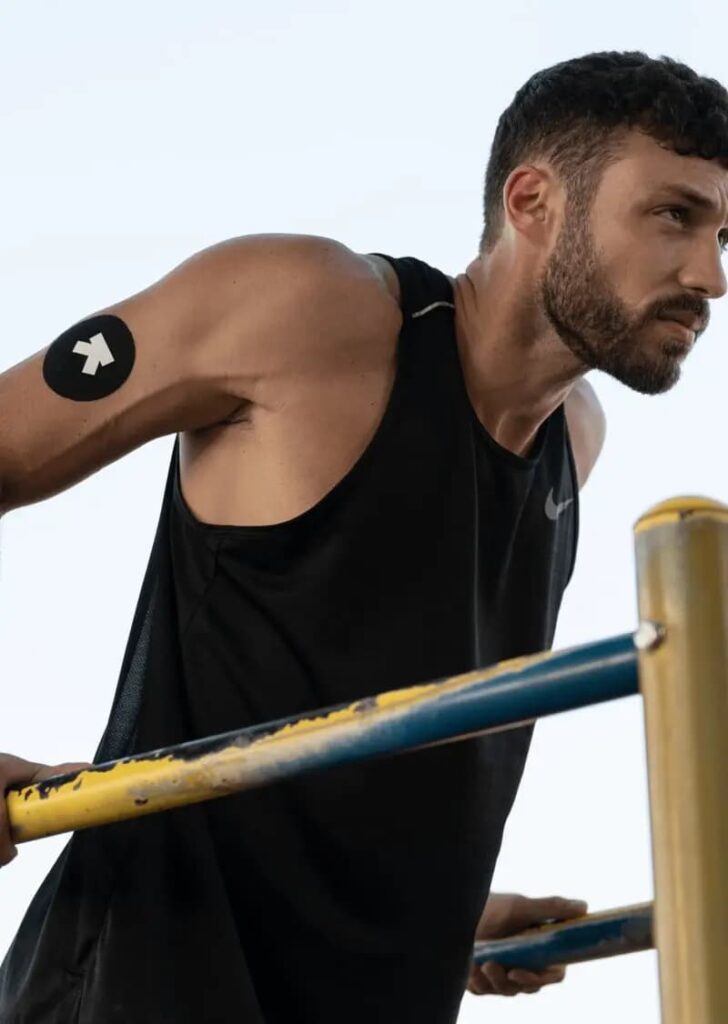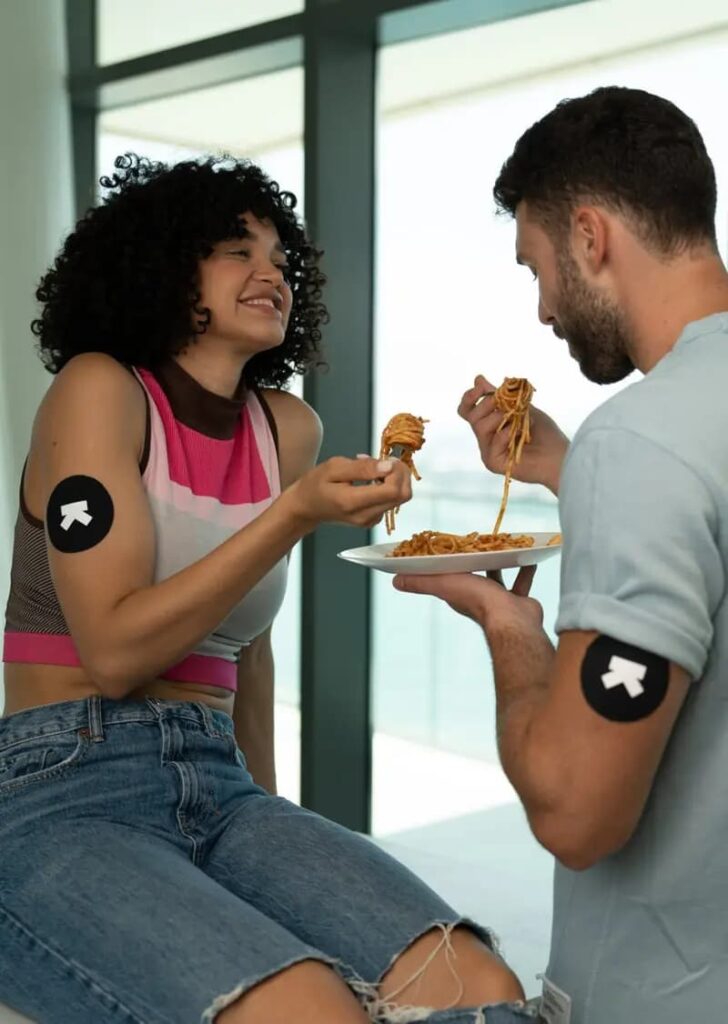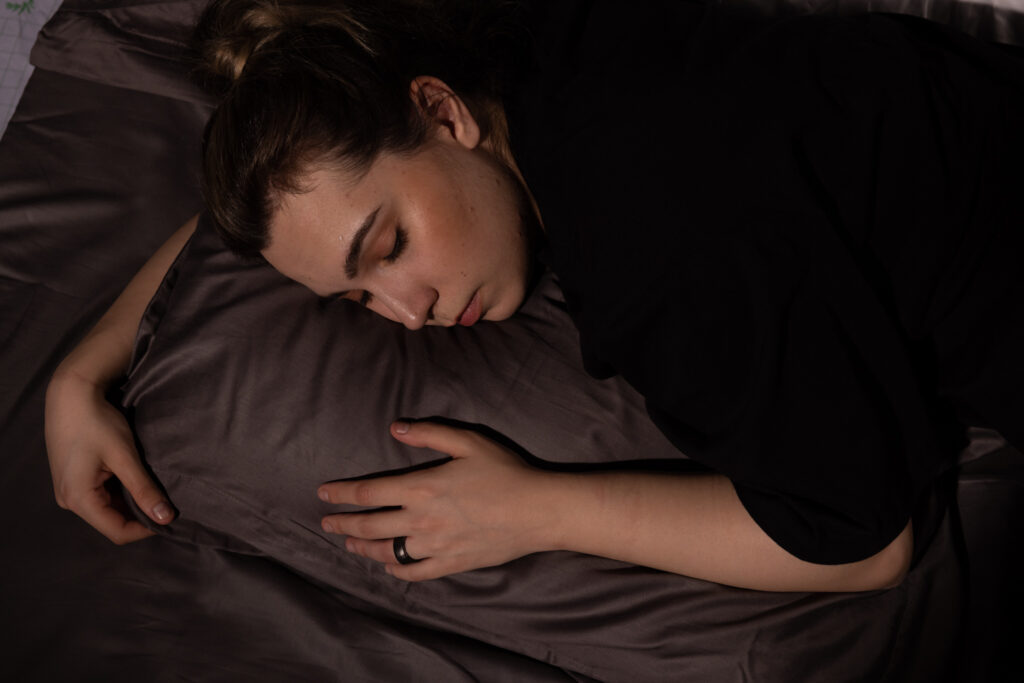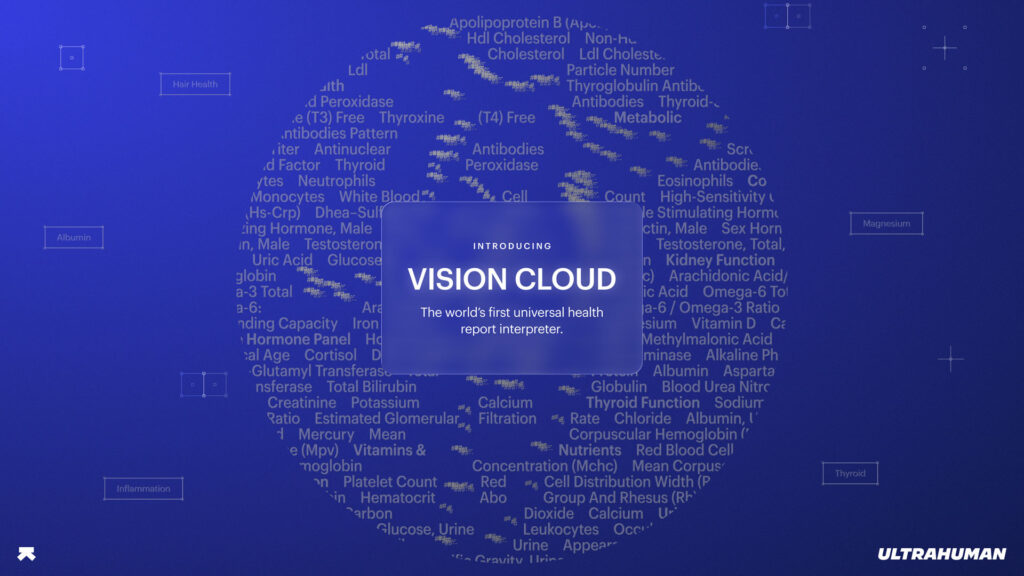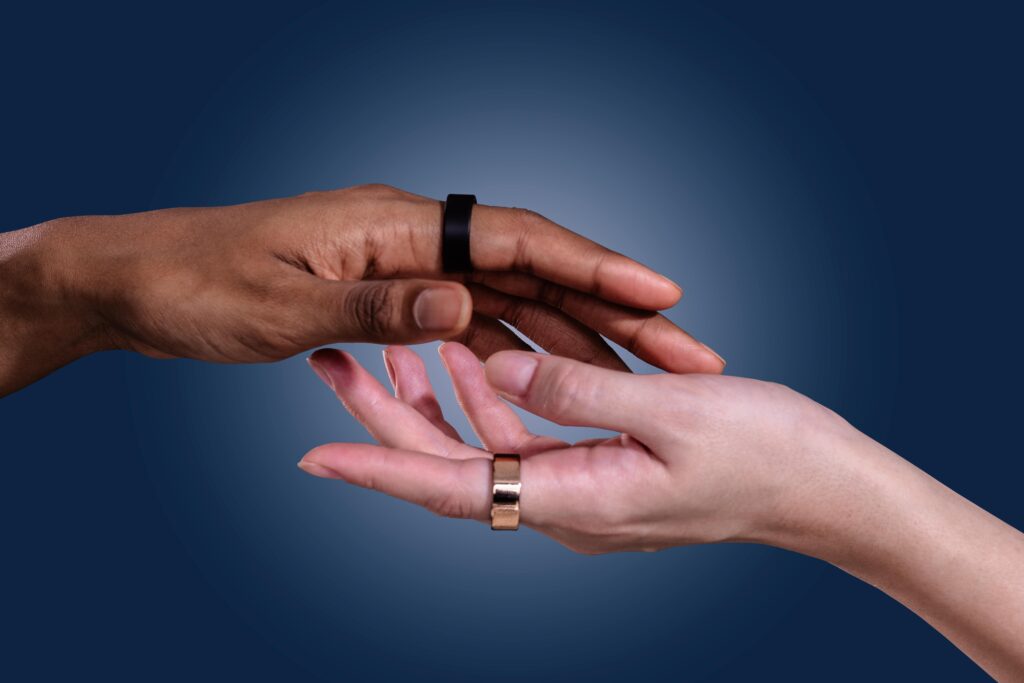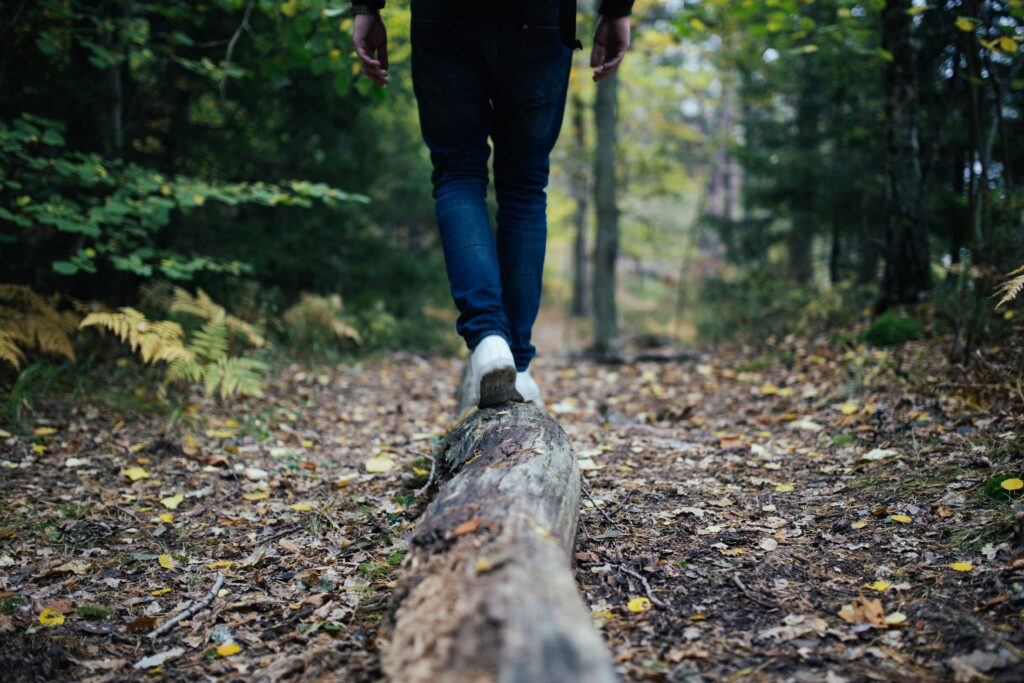Sleepmaxxing has become a huge TikTok trend, amassing over 100 million posts on the platform. But what is sleepmaxxing? Aimed primarily at Gen Z, sleepmaxxing TikTokers share tips and hacks for better sleep.
The trend is fueled by the immense longevity benefits of good sleep and the perceived beauty enhancements. Many sleepmaxxing techniques on TikTok are popular because they’re designed to boost everything from facial symmetry and jaw alignment to physical and mental recovery.
We look at the techniques touted by TikTok sleepmaxxers, and in true Ultrahuman style, examine the evidence and science behind them.
Highlights:
- Sleepmaxxing is a TikTok trend where people attempt to maximize sleep using a variety of methods.
- Methods range from traditional sleep practices to physical hacks and interventions.
- People with mild sleep apnea or restless leg syndrome could benefit from the physical tweaks, including back sleeping or taping.
- But there can be downsides: obsessing over sleep can create stress, which could make sleep issues worse.
Sleep hygiene
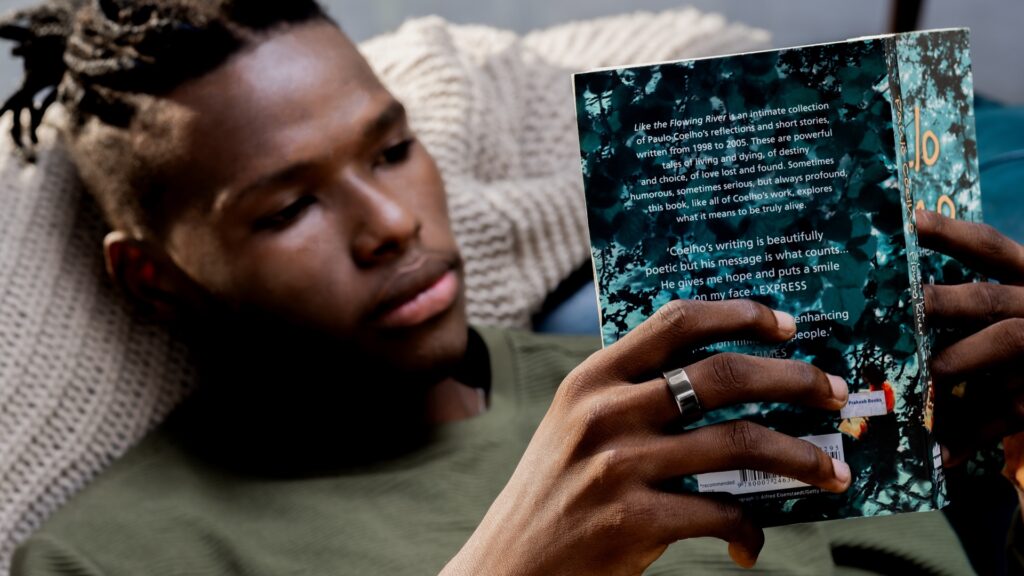
While some sleepmaxxing techniques draw on questionable science, sleep hygiene is massive on TikTok – and it’s also the most important factor in speed onset and sleep stability.
Sleep hygiene is a catch-all term for the environment and circumstances around our sleep – and getting this right is proven to have a positive impact on the quantity and quality of your rest. But remember, the extent of the benefit can differ with age and gender.
Start with your surroundings. Getting your room cool with good, pure air, quiet, and dark can make a big difference. And the best part is that this is mostly under our control.
Sleep hygiene also means limiting screen time when winding down, and creating a calming bedtime routine, such as having a shower or bath, reading, and even some meditation or breathing exercises – all of which can help reduce the time it takes to fall asleep.
Cutting out meals or snacking 2-3 hours before sleep and avoiding alcohol are also key sleep hygiene components.
And those with snoring or breathing disturbances could also open their airway by propping themselves more upright with an extra pillow.
Read next: The benefit and power of naps explained
Magnesium
Not all supplements touted on TikTok are backed by evidence – but magnesium is different.
Studies have established a correlation between magnesium and sleep onset, as well as duration (together major factors of sleep quality). However, the effect is better proven in people without a diagnosed sleep disorder. Undoubtedly more studies are needed, but that hasn’t stopped TikTokers from recommending magnesium to boost sleep quality.
However, the dosing matters, since most people get magnesium from their diet. Anyone considering a supplement should always consult their doctor, especially for people with pre-existing conditions.
People should also be aware of different magnesium compounds. Magnesium (Mg) glycinate is best suited for sleep quality, while Mg citrate and Mg oxide work on different bodily functions.
But there are also links between magnesium and sporting recovery and performance, so using it could offer a range of benefits.
Melatonin
Unsurprisingly, melatonin is another key component of the sleepmaxxing movement. The supplement that boosts the natural “sleep hormone” in the brain can be used to fall asleep faster and for longer, and it’s proven to be an effective tool in a variety of scenarios.
While melatonin directly influences the sleep-wake cycle, magnesium plays a role in regulating the body’s relaxation response. So consider melatonin a direct intervention into sleep onset, and a tool best used when traveling, jumping time zones, or looking for a good night’s rest. But it’s not a long-term solution.
There are side effects to melatonin use including drowsiness in the daytime following use, as well as nausea and headaches. Melatonin is naturally cleared out of the body, and it’s not addictive, nor does it diminish effectiveness over time – but building a reliance on medication to sleep soundly isn’t a solution.
It’s simply a tool that, when used in the right way, can overcome short-term challenges.
Blue light glasses
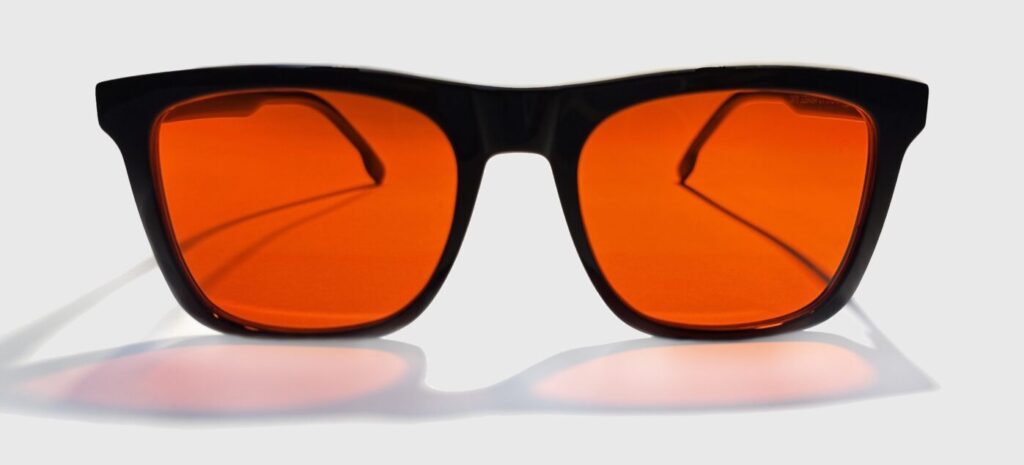
Blue light-blocking glasses have been a big part of the sleepmaxxing community – and for good reason. Research has proven that blue light exposure after dark from our phones, TVs, and LED lighting is a killer for sleep quality, and that prolonged circadian disruption is linked to a host of negative health outcomes.
Using red-tinted blue light-blocking glasses can block 90-100% of blue light waves – and this can reduce the time it takes to fall asleep. For the biggest sleep boost use BLBG 2-3 hours before bedtime, turn off overhead lighting to maximize effectiveness, and leave screens out of the bedroom.
Mouth taping
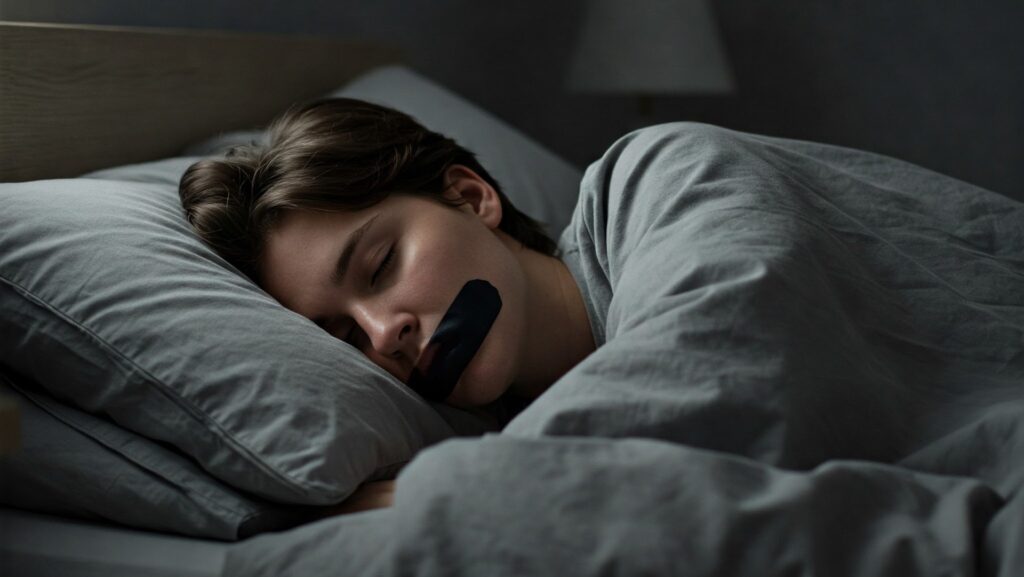
Many sleepmaxxing ideas come from the study of sleep apnea, so if you find these work for you, it could mean you suffer from the condition, even mildly.
For back sleepers especially, the notion of mouth taping has gotten plenty of attention recently, not least from the sleepmaxxing community on TikTok.
The idea is that taping your mouth shut at night eradicates mouth breathing, and delivers a raft of supposed benefits. Nasal breathing during sleep correlates with improved restfulness and sleep stability, and it eliminates snoring, and the feeling of waking with a dry mouth and throat. That can also help with oral hygiene and morning breath.
And there is good evidence that it can be effective. In studies, mouth taping has been shown to help mild sleep apnea sufferers breathe without obstruction, but these studies have been tried out with strict medical observation. Like many sleepmaxxing claims, there is a basis in science – but how universal the benefits can be are debatable.
Some TikTokers also claim that mouth taping promotes a strong jawline, as mouth breathing can cause the jaw to recede. It’s logical, yes. However, there is no evidence that taping can alter your jawline in the short or medium term.
But mouth-taping isn’t a magic bullet for better sleep. For one thing, it’s not without risks. If you suffer from nasal congestion, you could restrict oxygen to your body. And the feeling of having your mouth taped can make it harder to fall asleep, and it could cause some people to wake in a panic. It’s not easy to cough or take a sip of water – so taping could be far from comfortable. And is that really a recipe for good sleep?
Nostril expanders
In the same bracket as mouth taping, nostril expanders have also been a focus of the sleepmaxxing community. Nostril expanders can be viewed as a natural precursor to mouth taping, as opening the airway can help prioritize nasal breathing and support more restless sleep.
Again, there is partial evidence to support its benefits. The relationship to sleep quality isn’t well-established, but there’s good evidence to support that nasal expansion could improve nighttime breathing in snorers and those with mild sleep apnea.
So it stands to reason that it could be effective in boosting sleep stability for those who suffer from breathing issues when sleeping.
Back sleeping
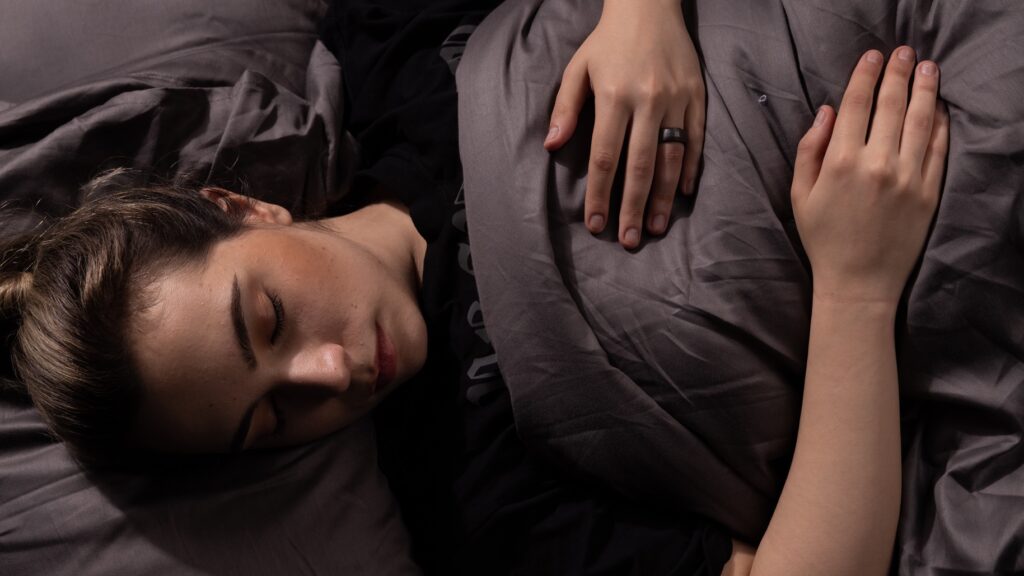
Sleepmaxxing content on TikTok is often about aesthetics (see also the looksmaxxing trend) — and that’s the driving force behind back sleeping.
TikTok influencers claim that back sleeping improves skin clarity and facial composition. It might sound far-fetched, but there is evidence to support it.
Studies have found that sleeping on your side can cause wrinkles. This often happens in later life as skin loses its natural elasticity. Sleeping on one side has been linked to eyebrow alignment issues, which affects facial symmetry. There’s also strong evidence that sleeping on your side can cause acne or blackheads, as your skin squashes against the pillow – and many recommend a silk pillow for better breathability.
Back sleeping is the natural answer to all of those. But it’s not necessarily a silver bullet for sleep quality.
People are more likely to experience snoring and breathing disturbances when sleeping on their back, so it could actually make you sleep worse. That increased restlessness could affect how you feel when you wake up.
White noise
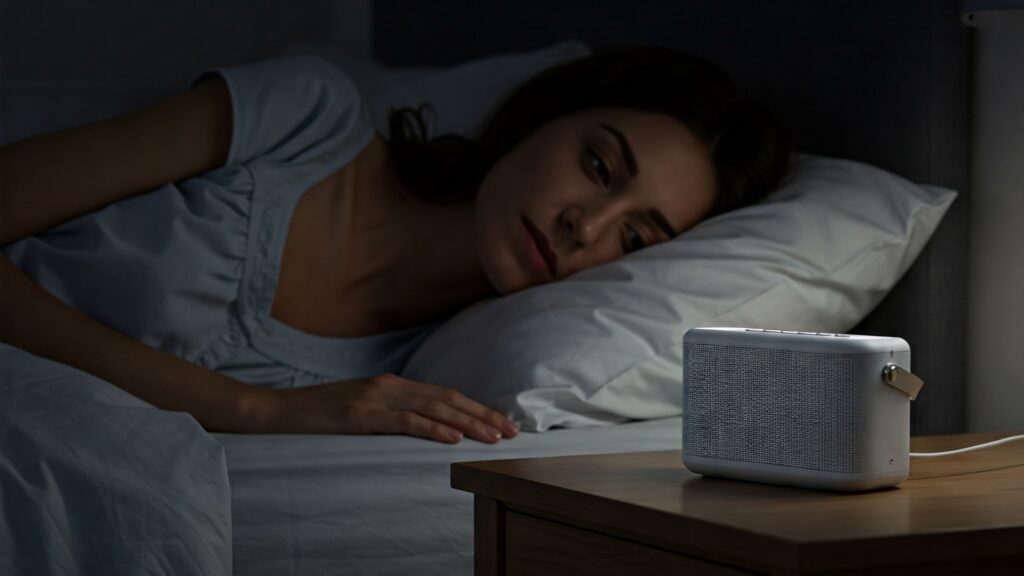
Parents will be well aware of the power of white noise or metronomes and it’s been proven effective for sleeping babies. But what about the adult population?
White noise regularly pops up in sleepmaxxing content, and the evidence says that it can be effective in certain situations.
Studies have found that white noise can be effective in reducing the time to fall asleep, and there’s a strong correlation with longer sleep duration as well. However, supporting studies have primarily been conducted in noisy environments, such as people living in New York.
The effectiveness of white noise on sleep outside these situations hasn’t been established across multiple studies.
Weighted blankets
Sleepmaxxing videos love to promote products you can buy, so weighted blankets are a perfect fit. They also cross over with ADHD and neurodiversity TikTok, and have received plenty of attention.
There’s evidence that weighted blankets can be effective in promoting better sleep – but most of that has been studied in those with ADHD and autism. There’s little evidence that those without neurodiversity can benefit.
Fragrances
Fragrances may seem the least likely sleepmaxxer hack to be backed by evidence – but there are strong links between fragrances and sleep quality.
Lavender is often associated with sleep, and studies have shown a correlation between improved sleep when using a diffuser. Lavender was also found to boost cognitive performance among elderly people, showing the power of fragrances on our bodies.
And it’s not just lavender. Sandalwood and jasmine have also been shown to be effective in boosting sleep quality studies. Always ensure you read the labels on fragrances and use natural products where available.
The dark side of sleepmaxxing
Sleepmaxxing has been a great advert for good sleep practices, and any attention on quality rest is a positive. The effects of long-term sleep deprivation are well-studied and linked to a host of negative health outcomes.
But sleepmaxxing and an obsession with sleep do come with a darker side.
Stress is a huge disruptor of sleep, so if obsessing over sleep hacks to get better rest is causing anxiety, it could just be making things worse.
Also, sleepmaxxing promotes the idea that a single silver bullet can fix sleep. The best sleep techniques are the simple ones: consistent sleep and wake times, sleep hygiene, and winding down before bed.
